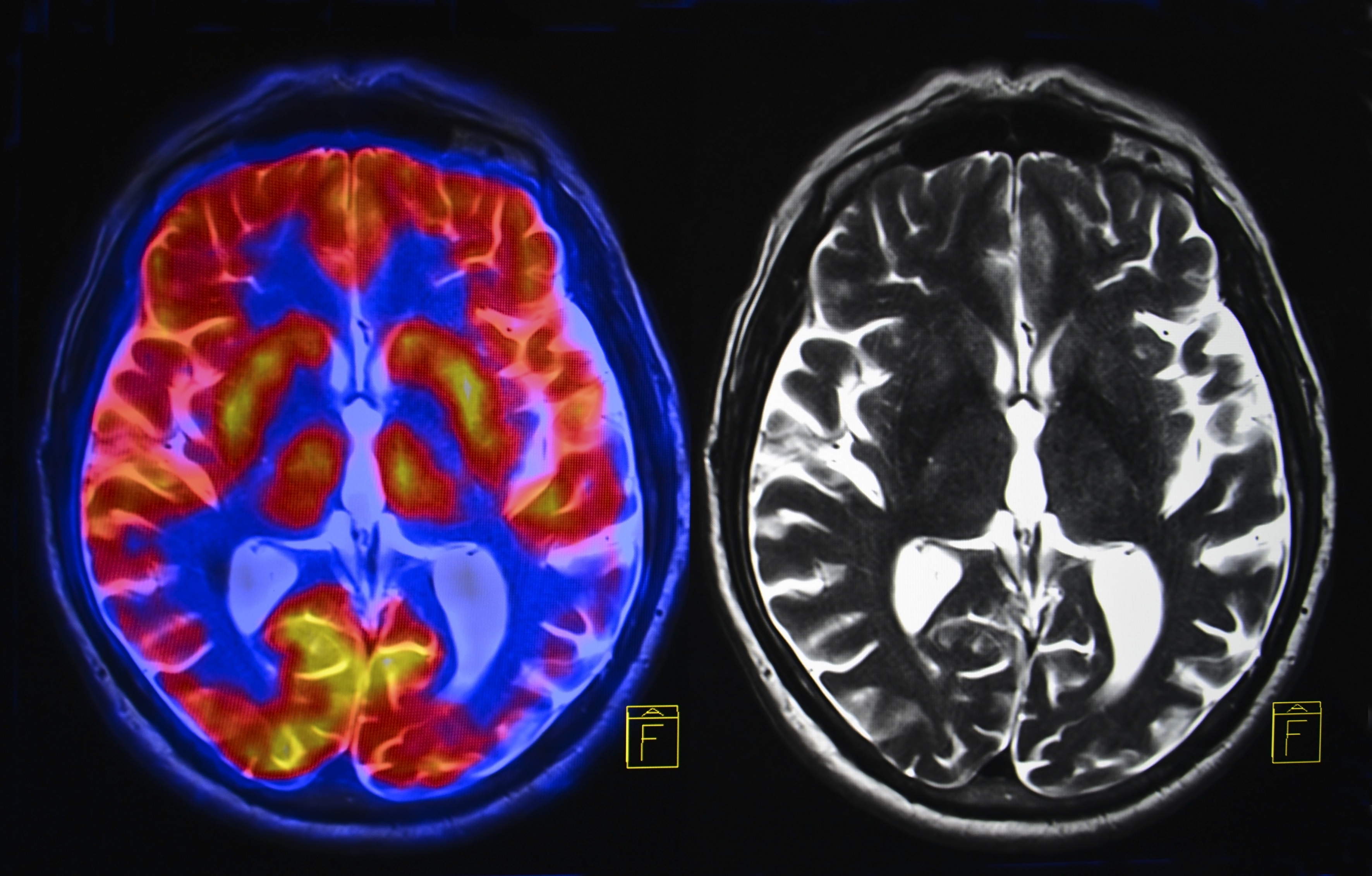Biomarkers for Alzheimer’s Are Focus of Large Study Getting Underway in UK
Written by |

Researchers announced the start of what is being called the largest and most thorough study yet undertaken to identify biomarkers of Alzheimer’s disease before symptoms occur. Such findings could help determine the success of Alzheimer clinical trials and lead to earlier diagnoses.
The British effort involves the translational research firm Imanova, working in partnership with the research resource Dementias Platform UK, to provide analyses of brain protein aggregates using imaging techniques.
Called “The Deep and Frequent Phenotyping Study,” the project received £6.9 million (about $9.2 million) in funding by the U.K. Medical Research Council and the National Institute of Health Research, and aims to identify factors that can help in assessing the effectiveness of a drug in clinical trials. Such biomarkers would make it easier to determine if a clinical trial should continue or not.
As the first large clinical trial performed by Dementias Platform UK, it will recruit 250 volunteers from other studies led by the organization. All volunteers will be elderly, but have no symptoms of Alzheimer’s.
Tests will be run over a 12-month period and include movement and walking assessments, eye examinations, tests of cognitive abilities such as attention and memory, and laboratory analyses of blood, urine, and cerebrospinal fluid from the brain.
Importantly, the study will also include several brain imaging assessments using techniques such as magnetic resonance imaging (MRI), magnetoencephalography (MEG), and Positron emission tomography (PET).
PET is the only method that can be used to investigate amyloid-beta and tau protein deposits in the brain of living humans, and it is here that Imanova will bring its expertise to the study. The company, formed in partnership between the Medical Research Council and researchers from the three prominent U.K. institutions (Imperial College London, King’s College London, and University College London), focuses on improving drug development and disease understanding using MRI and PET imaging.
Imanova performed all the PET imaging during the earlier “Deep and Frequent Phenotyping” feasibility study, and will now contribute with brain imaging under the lead of Roger Gunn, CSO at Imanova and a professor of Molecular Neuroimaging at Imperial College.
“PET imaging of beta-amyloid and tau provides us with a unique window into the brain of the neurodegenerative process in AD,” Professor Gunn said in a news release. “PET’s molecular specificity and sensitivity allows us to accurately measure the concentration of these misfolded proteins at different times in the disease process.”





